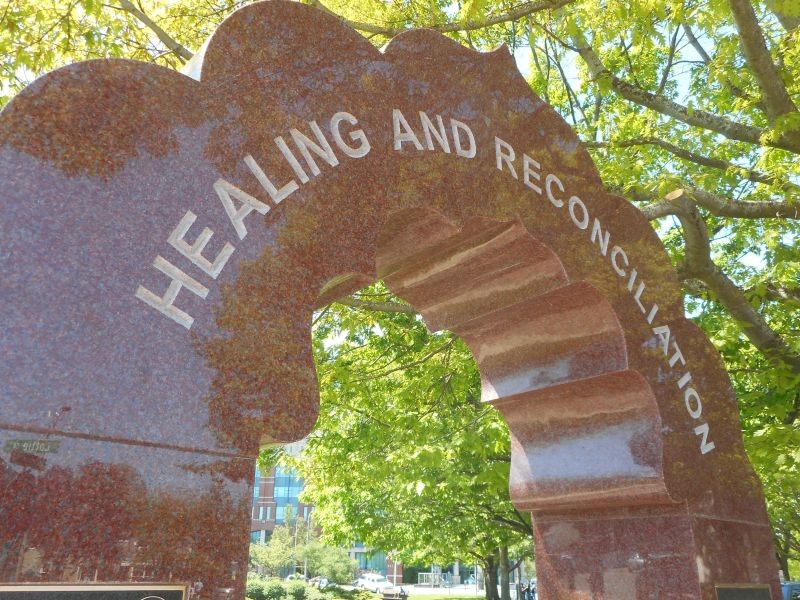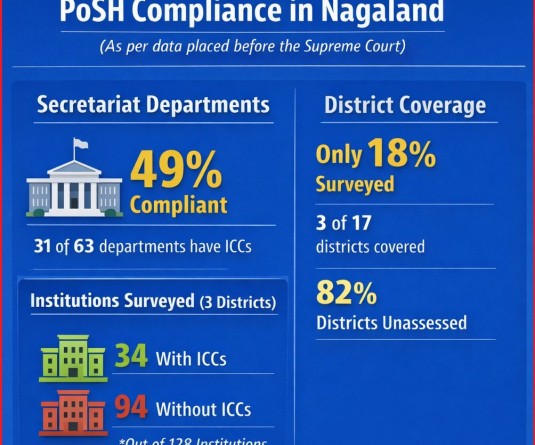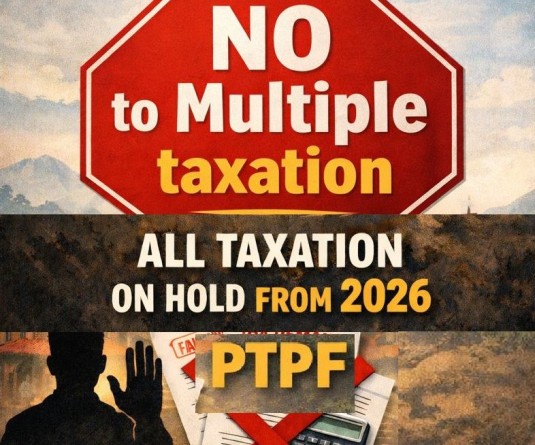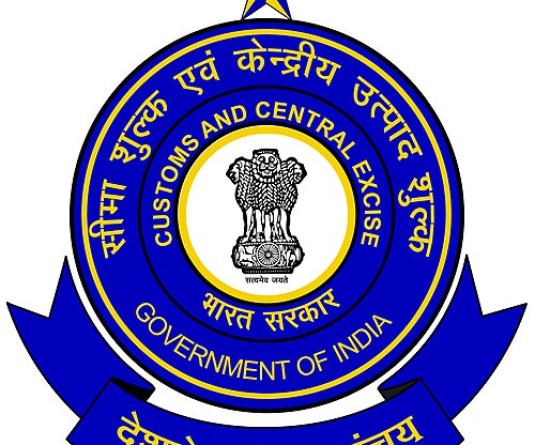Photo Courtesy Pexels by Murielle Hunt

The Naga story in the Indigenous Peoples movements – 2
Dimapur, September 4 (MExN): The Secretary General of Asia Indigenous People’s Pact (AIPP), Gam A Shimray, addressing the Naga People’s Movement for Human Rights (NPMHR) 17th Morung Dialogue series on the topic ‘The Naga story in the Indigenous Peoples movements’ on September 1, said that the Naga story in the Indigenous Peoples movement was built on the point that ‘our ancestors did not believe in power struggle but in reconciliation.’
According to Gam, our ancestors chose the ‘reconciliatory approach’ when they dealt with the outside world and referred to the “time of the British, where this approach was somewhat achieved in a temporary sense, as the British were left us alone as long as we gave our allegiance and loyalty to them,” which according to Gam was a ‘sort of ad-hoc arrangement.’
He mentioned that some Nagas who joined the Labour Corps in WW1 saw that the world was deeply entrenched in power struggle and the need to control one another, and this gave them insights into how the world was progressing. This, according to him “resulted in the Simon Commission memorandum, making it clear - ‘nationhood cannot exist between peoples who have not shared culture and beliefs’.”
According to Gam, “after the British left the Naga areas and India took over, numerous human rights violations were committed.” Nevertheless, he states, “some of our elders saw the need to reconcile with the people of India.”
In the early 1970s, the Naga leaders, who were students at that time in New Delhi, took part in the struggles of the marginalized sections of Indian society and they identified with their pains and sufferings. Further, they took an active role in responding to the first-ever act of heavy repression that came as a fallout of the ‘Emergency’ declared during the time of Indira Gandhi. This was an eye-opener for Indian civil society and leaders. This, he said, was a ‘breakthrough’ and ‘friendship developed,’ adding that NPMHR was also born during 1978, as a result of the history of this period.
“From there, we reached out to the Indigenous Movements across Asia and slowly that is how the AIPP, where I’m working, was established in 1992,” he added.
Gam also shared that in 1993, the Indigenous leaders from Asia were invited to the Vienna World Conference, not only to give a statement but also to speak to the international audience for the first time, “and from there our elders participated in the process of the UN Declaration of Indigenous Peoples.”
He shared the context of that time when “the Universal Declaration of Human Rights (UNDRIP) was pitched strongly on the idea of individual rights centered on the contributions made by Western civilization.”
According to Gam, adoption of UNDRIP resolved two things; It makes it clear that there is no disharmony between individual and collective rights and that these are mutually supportive of one another. This, he said, was a major contribution of the Indigenous leadership and vision; and it led to a moral reform in the International Human Rights standards, because it included Indigenous peoples outrightly, and succinctly stated that we have the right to self-determination.
He pointed out that the contribution of our elders came from their conviction that reconciliation must occur on the global scale as well as the local level, in order to reduce violence, conflict and bloodshed across the world. In the Naga context, he recollected, “when the ceasefire occurred, a ‘journey of conscience’ was initiated by the Nagas in January 2000, to speak to the people of India: to reconcile, that we can no longer continue to keep on fighting, and that we need peace, justice and a new vision.”
The Nagas reached out with this message across the country, including the neighboring communities in NE India, he said. “The Indian civil society also reciprocated, and they came to Kohima in March 2001, to talk to the Naga people, and to say that they were sorry for what was happening, what the military did to the Naga people and that reconciliation should happen through an honorable round of political settlements between India and the Nagas. This was the message for which we were proud, he said, but the journey was not smooth and remains incomplete to this day,” he lamented.
On the belief “why our forebears believe so profoundly in this message of reconciliation?” Gam said, “It is because without a reconciliatory approach to life, there can be no peace, justice, bonding and love. This was acted out in the sacredness of the customary practices conducted at the founding of every Naga village. Those who are familiar with this Naga practice know what I am talking about and I cannot delve into that now, but what this demonstrates is that they possessed all the prerequisites for the setting up of free institutions.”
By ‘free institutions’ Gam said he was referring to what J.S. Mill was talking about, which is that free institutions must be based on a consensual order that is moral. ‘Consensual’ according to him meant ‘every individual is counted as a free individual, with equal reciprocal rights and duties.’ These equal reciprocal rights and duties, he said, shapes and gives meaning to the self and the collective self, and bases them on a strong moral grounding.
“It is for this reason that our forebears have valued and cherished their village institutions in the form of the village republics for thousands of years, where our elders also emphasized humility, integrity and reconciliation, because it is only through radical humility that we come to realize our ignorance and gain true wisdom,” he said.
The downside of this, he added, is that “we realize our ignorance, but the upside is that we know what our weaknesses are and how to strengthen ourselves and grow,” reasserting that this is why humility is what “our forefathers emphasized, and it is through wisdom that we understand how to reconcile with others and with nature,” and “why our justice system was always centered on restoring harmony in our community and our obligations to nature, the land, etc.”
He added that “it is only through integrity that we can uphold the moral order of the community and prevent corruption from seeping in. Therefore, leadership and selfhood were about integrity, and the responsibility of maintaining peace and harmony.” He stressed that because “there was an embodiment of such leadership” and because “the belief was acted out by them,” it gave our people social and political stability.
He concluded that the current political negotiations are also about reconciliation. Pointing out a common refrain of people who say that the times have changed and therefore, Nagas need to change and progress together.






